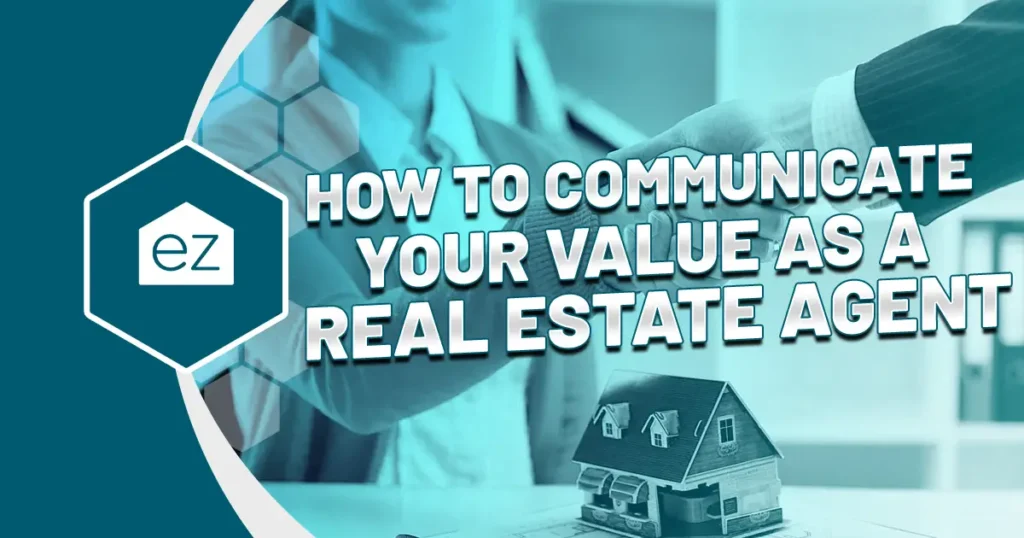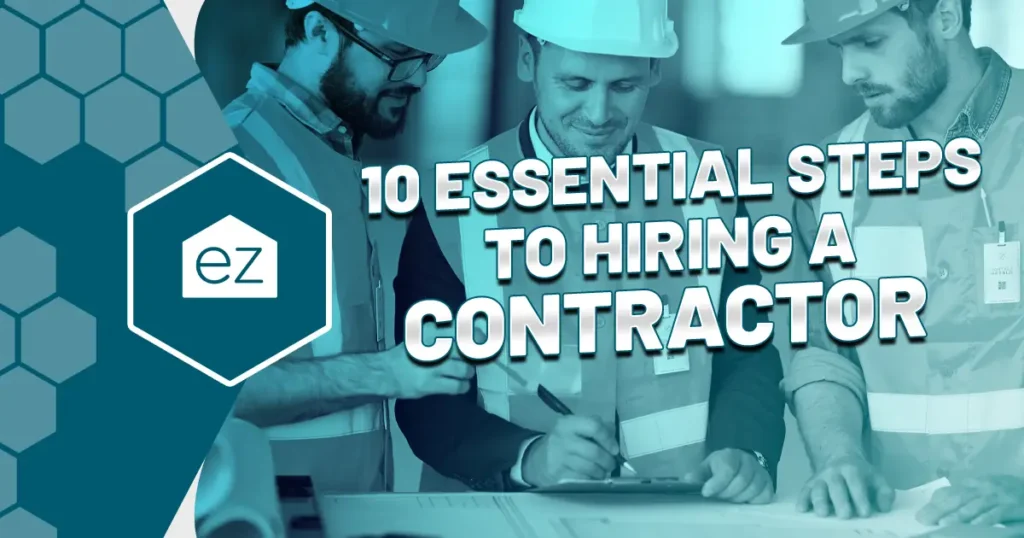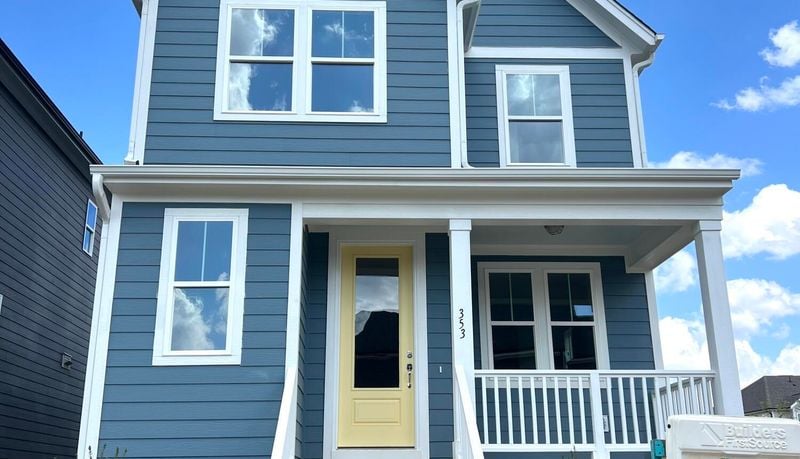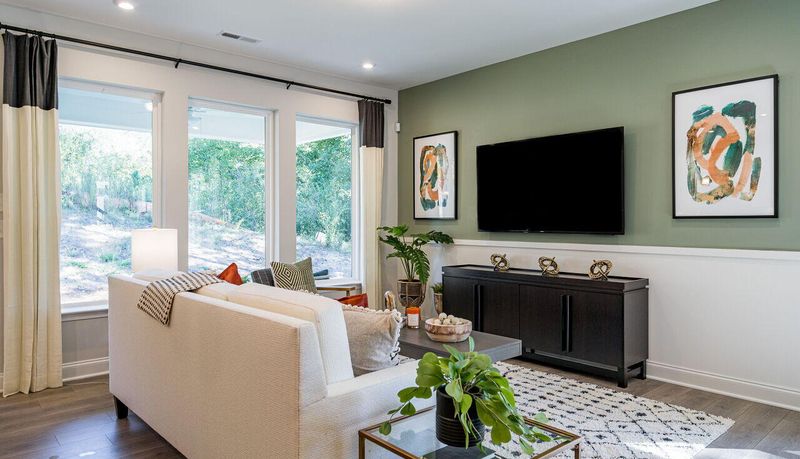What to Know About Homeowner’s Insurance
It’s a homeowner’s worst-case scenario: they arrive home to see smoke pouring through the windows. Or that high winds pushed the pine tree through their roof. Or their home featured on the evening news flooded with feet of water. Losing a home upends lives in every way possible: emotionally, physically, and financially. Homeowner’s insurance is intended to lessen some of that financial burden and provide peace of mind that your family has a safety net to rely on if the worst happens.
What is Homeowner’s Insurance?
Consider that the median home price in 2023 was $389,900, but the average American family only had $62,410 in savings. That’s quite a difference to overcome should a home be declared a complete loss. And when you’re paying for a hotel room or replacing belongings, that savings is gone fast.
Homeowner’s insurance protects your home and personal belongings from damage or loss. It covers risks like fire, theft, vandalism, and weather-related incidents. The insurance policy typically has four main components.
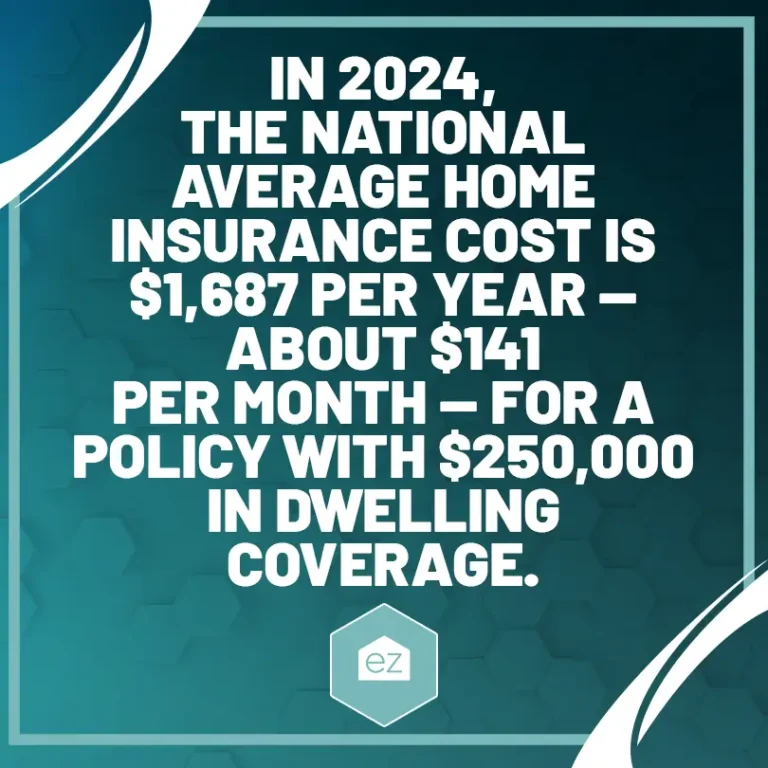
Dwelling Protection
The dwelling portion of homeowner’s insurance covers the physical structure of your home (the walls, roof, and floors) and some attached structures like a porch. It typically covers enough to rebuild the home.
Other structures
This refers to other detached structures on the property, like a shed, detached garage, or a fence. A common coverage amount is 10% of dwelling coverage.
Property Protection
Personal property covers losses to items within the dwelling structure– clothing, furniture, and appliances. Usual coverage limits are about 50-70% of the dwelling coverage.
Liability Coverage
Liability coverage is intended to protect you if someone is injured on your property and sues for damages. For example, if someone slips and falls on your icy walkway or a tree from your property falls onto a neighbor’s house, liability coverage can help cover legal fees and any settlement costs.
This liability coverage can extend to pets, such as if a dog bites a neighbor or visitor.
Liability limits vary widely by policy.
Other coverages
Additionally, your policy may come with these riders:
-
Loss of use: covers temporary living expenses while your home is under repair.
-
Medical payments: if someone is injured on your property, it pays some of their claimed medical expenses.
-
Extended coverage: Additional coverage for high-value items like art, jewelry, and antiques
Types of homeowner’s insurance
Reviewing your policy carefully is essential to understand precisely what is covered. Homeowner’s insurance can also be broken into types of policies, which are classifies from HO-1 to HO-8.
-
HO-1: Basic coverage for specific named perils (such as fire, lightning, hail, and windstorm)
-
HO-2: Broad coverage for named perils plus some additional ones (such as falling objects or damage from the electrical system)
-
HO-3: Special coverage for all risks except those expressly excluded in the policy
-
HO-4: Renter’s insurance that covers personal property and liability but not the physical structure of a rented home or apartment
-
HO-5: Comprehensive coverage for all risks except those specifically excluded, including personal property
-
HO-6: Condo insurance that covers personal property and improvements made within the unit but not the building itself (the condo association typically covers that)
-
HO-7: Mobile home insurance that is similar to HO-3 coverage
-
HO-8: Coverage for older homes with replacement cost payouts determined on a case-by-case basis.
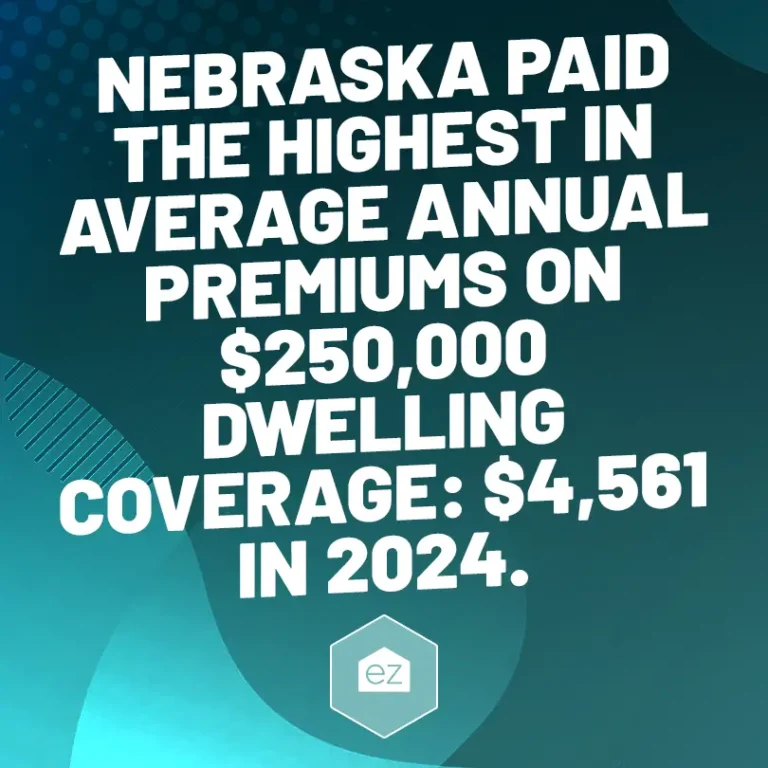
When is Homeowner’s Insurance Required?
Mortgage lenders typically require borrowers to purchase and keep a homeowner’s insurance policy in their loan terms to protect their investment. Even if you own your home outright, having homeowner’s insurance can provide financial protection.
What is Included in Homeowner’s Insurance?
Break out your fine-tooth comb, as you’ll want to read the policy declarations here carefully. Homeowner’s insurance policies vary. Most typically cover damage or loss due to fire, lightning, snow, windstorm, hail, explosion, theft, vandalism, and even damage caused by vehicles or aircraft. But where wind damage may be covered under policies in one part of the country (low-risk), it may be different in another high-risk region.
Look for qualifying “perils–” disasters like lightning, freezing, vandalism, or falling objects.
The policy will detail how the homeowner will be compensated so the home can be repaired or rebuilt. It will also outline your deductible–the amount you’ll have to pay out-of-pocket before the insurance policy kicks in.
What is Not Included in Homeowner’s Insurance?
A disaster is not the time to find your policy doesn’t cover the damage. Homeowners are sometimes shocked to discover what’s not included in homeowner’s insurance. For example, wind damage from hurricanes is not guaranteed in Florida–you’ll pay extra for that!
Again, read the terms carefully to verify you have proper coverage for any viable risks. Typical homeowner’s insurance exclusions are:
-
Flood damage: Nearly all flood-related damage from external sources is excluded. Flood insurance is sold as a separate policy.
-
Earthquake damage: Also usually requires a separate policy.
-
Specific natural disasters: Damage from certain natural disasters, like hurricanes, sinkholes, or tornadoes, may not be included in some policies, depending on the property’s location.
-
Free-standing structures: Some insurers charge extra to cover detached garages or sheds.
-
Sewer back-ups: Policies often exclude flooding from sewer and drainage back-ups.
-
Pest damage: Repairs after termites, rodents, or other pests wreak havoc on the home may not be included. If they are, it may depend on if prevention methods were used.
-
Intentional property damage: If you get mad and punch a hole in the wall, that repair is on you.
-
Damage caused by war, terrorism, or civil unrest.
-
Damage from wear and tear or lack of maintenance.
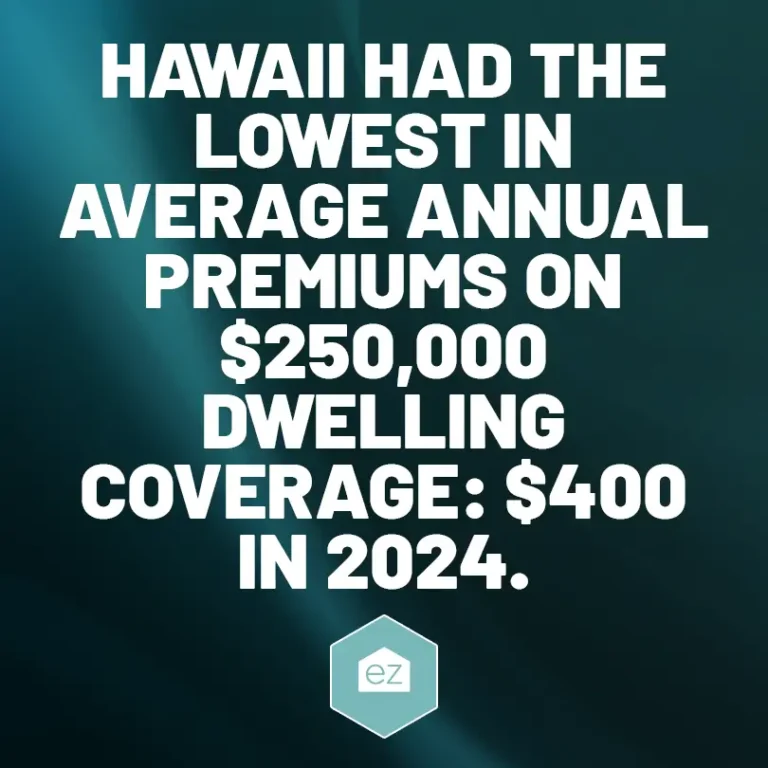
Deductible and Limits
A homeowner’s insurance policy payout is not an unlimited resource. You can’t rebuild what was a $300,000 valued home into a $500,000 home. Insurers also want the homeowner to have some skin in the game–partially to cut back on unnecessary claims. That’s why policies have deductibles and coverage limits.
Understanding Insurance Deductibles
The deductible is the amount the homeowner is responsible for paying before the insurance coverage kicks in. For instance, if the deductible is $1,000, and you suffer a loss that costs $5,000, you would pay the first $1,000 and your insurance would cover the remaining $4,000.
Deductibles vary significantly based on your policy and the type of coverage. Some policies may have separate deductibles for different types of claims. For example, a policy might have a $500 deductible for theft, but a $2,000 deductible for damage from windstorms or hurricanes.
Choosing a higher deductible reduces your insurance premium because you’re taking on a greater share of the risk. But it also means you’ll have to pay more out-of-pocket in the event of a loss. So, when choosing your deductible, factor in how much you could reasonably afford to pay if you needed to file a claim.
Understanding Coverage Limits
Another item to evaluate is how much the insurer provider will reimburse for the losses. It’s not always a 1:1 reimbursement.
When it comes to possessions, insurers typically limit reimbursement to a percentage of home value–about 50-70% of the home’s value. Those with some high-priced possessions can usually purchase additional riders to cover them or look into separate policies altogether.
It’s always best to review your policy with your insurance agent to confirm you have adequate coverage for potential risks.
Policy Add-Ons
Homeowner’s insurance providers sell additional coverage for a host of special considerations. Depending on your circumstances, they can be worth looking at. For instance, those living on the oceanfront should heavily weigh buying flood or storm coverage.
Some policies to look at:
-
Additional living expenses coverage: This will help pay for housing and other costs while your home is being repaired.
-
Personal property replacement cost coverage: Some policies only cover personal property at the depreciated value rather than the full replacement cost. This policy will ensure you receive enough to buy new items in case of loss or damage.
-
Home business coverage: For those with a home-based business, the homeowner’s policy will unlikely cover significant business property losses. A rider or separate policy may be necessary.
-
Sinkhole coverage: Those in areas prone to sinkholes may want to consider this coverage, as sinkhole mitigation and damage repair can cost into the thousands.
-
Ordinance or law coverage: For those with historic homes undergoing repair or renovation, it covers the cost to bring the structure up to current building codes.
-
Service line protection: This coverage will help cover the cost of repairing or replacing service lines (water, sewer, power) that run from your home to the street in case of damage.
Clauses to consider
Having the right coverage for the situation is part of getting back on your feet. That’s why reviewing your insurance policy, coverage, and limits annually is a great idea. While you’re at it, pay attention to these clauses:
-
Recoverable depreciation clause: Sometimes, a homeowner’s policy may include this clause to cover the difference in actual cash value and full replacement cost.
-
Replacement value policy: Choose this kind of policy for the best coverage. It will cover replacement costs at today’s value and not what you paid for it back then.
-
Actual cash value policy: This homeowner’s insurance policy is usually cheaper than a replacement value policy, but it comes with more risk to the homeowner if they suffer a total loss. The insurer pays what your belongings are worth at that time–not how much you’ll need to replace them. Essentially, it’s the amount you paid minus the depreciation. So if you bought a $500 dishwasher, and its value has decreased by $100 over the last two years, the policy will only pay $400 even if the same dishwasher is now retailing $600.
Read through your policy carefully and ask your insurance agent any questions you may have.
Shopping Around for Homeowner’s Insurance
Ask for quotes from multiple insurers to get the best price and coverage. Don’t just go with the first quote you receive – compare prices and coverage options to find the best fit for your home and budget.
Look beyond the premium when it comes to pricing homeowner’s insurance. Understand what coverage limits are and what’s included in those limits. Don’t be afraid to ask questions, and if something isn’t covered, see if you can purchase additional coverage or find a different policy.
Also, look at the insurer’s health–is their credit rating sound? Do they have a reputation for good claim responses?
In some cases, bundling homeowner’s insurance with other policies (such as auto insurance) can save money. Inquire about any discounts or deals available when speaking with agents.
Final Thoughts
While buying seems like an added expense, having adequate coverage can save you from significant financial losses in a disaster. Without it, you may never recover financially from the loss. Homeowner’s insurance is an important safeguard, but only if the policy’s inclusions, coverage, and limits are right. So, take the time to speak with multiple providers, read the limits, and find the policy that works best for your family.
Understand the essentials of homeowner’s insurance: its purpose, coverage limits, policy add-ons, important clauses, and tips for shopping around.
Start Your Home Search
Preston Guyton
Share this Post
Related Articles
Real Estate Tips
The Power of Follow-Up: Staying in Touch With Your Database
Real Estate Tips
How to Communicate Your Value As A Real Estate Agent
Real Estate Tips
10 Essential Steps to Hiring a Contractor
Real Estate Tips

